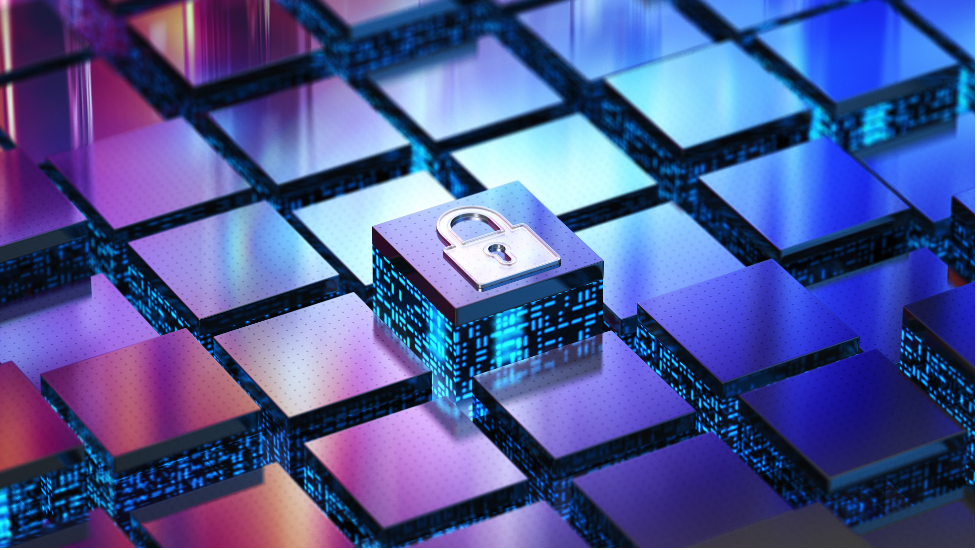Digital Fortress: A Guide to Cybersecurity and Protecting Your Online Identity
With how important the internet has become in the digital age for communication, work, and entertainment, it’s critical that cybersecurity is included among our daily habits. This guide illuminates various aspects of cybersecurity, giving you practical solutions that will create that digital fortress around your online identity. From how to recognize and stop malware that changes your browser’s settings, to identifying phishing attempts and best practices for password use and security, consider the following: your cybersecurity 101.
Understanding the Threats: Malware, Phishing, and More
The first step to creating a digital fortress around your online identity is to face a few of the threats that can reside in the recesses of The Matrix.
Malware is short for malicious software and includes a number of harmful software types that are designed to invade or damage a computer system without the user’s informed consent. One breed of malware unsuspecting individuals often fall prey to is the variety that changes your browser’s settings, directing all searches to unwanted and/or malicious websites. This impacts user privacy, and can potentially lead to further malware infections or a data breach.
Additionally, we can all agree that phishing scams are not only a threat to a person’s online identity, but also to reputable businesses. Phishing is defined as the attempt to secure personal details, user names, passwords, financial details, etc. by using a device disguised as a confidence to trust an electronic communication. In most cases, these emails encourage users to click on a link, or download an attachment designed to steal information.
Building Your Digital Fortress: Best Practices for Cybersecurity
Cybersecurity is a comprehensive endeavor that needs a proactive approach. Here are some of the best practices you can follow to build your digital fortress:
Be smart about passwordsThe first line of defense in online security is a password. Combine letters (both upper and lower case), numbers and special characters in passwords, and do not use commonly guessable information like birthdays and dictionary words. A password manager can help you generate and store these securely.
Two-Factor Authentication (2FA)Two-factor authentication (2FA) offers an extra layer of security by requiring an additional form of identification beyond just a password. This could be a text message code, an email, or an authentication app. Enabling 2FA makes it significantly harder for unauthorized users to access your accounts.
Regularly update software and systemsA key step in protecting against malware and other cyber threats is to keep your operating system, applications and security software up to date by installing the latest updates and patches. Software developers regularly put out releases that fix bugs and vulnerabilities which could be used to gain unauthorized access to your system.
Don’t fall for phishing attemptsKeep your eyes on your emails and messages. Never click on a link or download an email attachment from unknown or suspicious sources, and don’t use the attachments in a junk or spam email. If you get a message from a company requesting personal information, do not respond. Instead, contact the company using a telephone number or website from an official source. When filing your flat, be sure to check the ends of the web for the lock icon, which shows that your data is encrypted while traveling between your computer and the website.
Secure your networksDon’t use public Wi-Fi for sensitive transactions–such as transferring financial or personal data–as it is open to compromise by hackers. If you must use public Wi-Fi, you may be able to protect yourself by using a virtual private network (VPN) which encrypts your internet connection so others can’t see your data traffic.
Check the webRegularly check your bank statements, credit report and online accounts for any unauthorised activity. The sooner you are aware of any break-in, the sooner you can limit access and reduce the effects of identity theft or fraud.
Educate yourself and othersStay informed on the latest cybersecurity vulnerabilities and threats. Educating yourself and those around you on best security practices can help build a collective defense against cyber threats.
Be an advocateEncourage companies and governments to protect your data from cyber threats. Talk to your friends and family about the importance of protecting personal, financial and other sensitive data.
Stay safe online!
The journey to securing your digital identity is far from over. It is a marathon, not a sprint. It’s a journey that requires perpetual learning and vigilance, and a constant process of evolving your defenses. To win it, you must stay informed, understand threats and best practices, and continue to implement robust security measures that can turn your digital lifestyle into an indomitable fortress that will make the endless deluge of cyberthreats won’t know what hit them.
